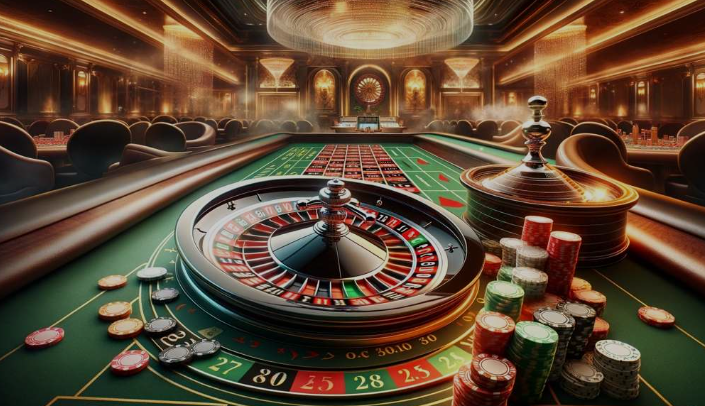Roulette, with its allure and captivating nature, has a fascinating history dating back to 18th-century France. The game, whose name means “little wheel” in French, is famous for its spinning wheel and small white ball. Few casino games rival the popularity of roulette, and in the realm of online casinos, players can enjoy several variations of this classic game.
Let’s delve into the remarkable history of roulette.
Origins of Roulette
Determining the exact origins of roulette is a challenging task due to the lack of concrete evidence. However, the prevailing belief regarding the inception of the original game credits the ingenious French mathematician and physicist, Blaise Pascal. In 1655, Pascal unintentionally created the roulette wheel while working on designing the world’s first perpetual motion machine. Although his initial objective remained unfulfilled, he developed a weighted wheel that would later become the focal point of Parisian gambling establishments in the 18th century.

Roulette’s Journey Across Europe
In its early days, roulette was a game exclusively enjoyed by the aristocracy in France until the Revolution, after which its popularity transcended French borders. During the 19th century, German spa towns like Bad Homburg introduced the game to their affluent patrons. François Blanc, a French entrepreneur managing the Bad Homburg casino, later transported the roulette wheel to Monte Carlo.
At the Casino de Monte-Carlo, roulette underwent a transformation with the creation of French Roulette. In 1842, François and Louis Blanc crafted a roulette wheel featuring a single zero, tailored specifically for King Charles III of Monaco. The addition of the zero increased the house’s advantage, solidifying the presence of the zero pocket and the renowned roulette house edge in the game. French roulette gained widespread popularity throughout Europe and remains the preferred version to this day.
Arrival in America
In America, locales like French Quebec and New Orleans were among the first to embrace the casino table game of roulette. As its popularity grew, roulette found its way onto steamboat casinos along the Mississippi River. Subsequently, American roulette emerged, incorporating a double zero to further increase the house’s edge. This modification expanded the American roulette wheel to feature 38 numbers instead of 37. American roulette quickly became a staple in the casino world and played a significant role in the inaugural casinos established in Las Vegas during the 20th century.

The Emergence of the Digital Age
The inception of the first online casino in 1996 marked a significant milestone, providing casino enthusiasts with unprecedented access to their favorite games. Online roulette, along with its diverse variations, has steadily gained popularity, complemented by the introduction of live dealer casino games that offer players an immersive gaming experience.
Today, players can indulge in online casino games from the comfort of their homes or while on the go, seamlessly replicating the casino ambiance. Through real-time interactions with dealers and opponents, players can enjoy classic French roulette or its American counterpart, all within easy reach. Technological advancements have led to remarkable graphics, fluid animations, and user-friendly interfaces, enhancing the overall gaming experience.
The Evolution of Online Roulette
Continual technological advancements are revolutionizing online gaming experiences globally, including for roulette enthusiasts. Players now have access to not only American and European roulette but also cutting-edge technologies such as virtual reality (VR) and artificial intelligence (AI), enhancing the game’s entertainment value. With VR technology, players can immerse themselves in a virtual casino environment, interacting with the roulette wheel and fellow players. AI capabilities further personalize the online roulette experience by analyzing betting patterns, player preferences, and gaming strategies, offering tailored gameplay suggestions and optimizing strategies for players seeking an edge.


